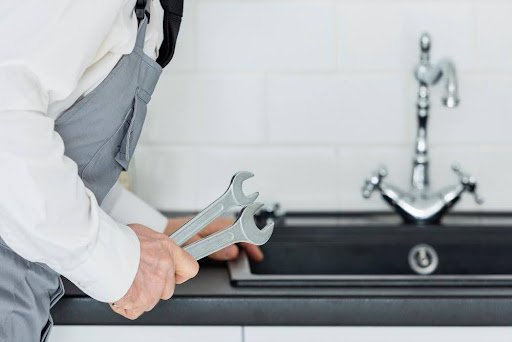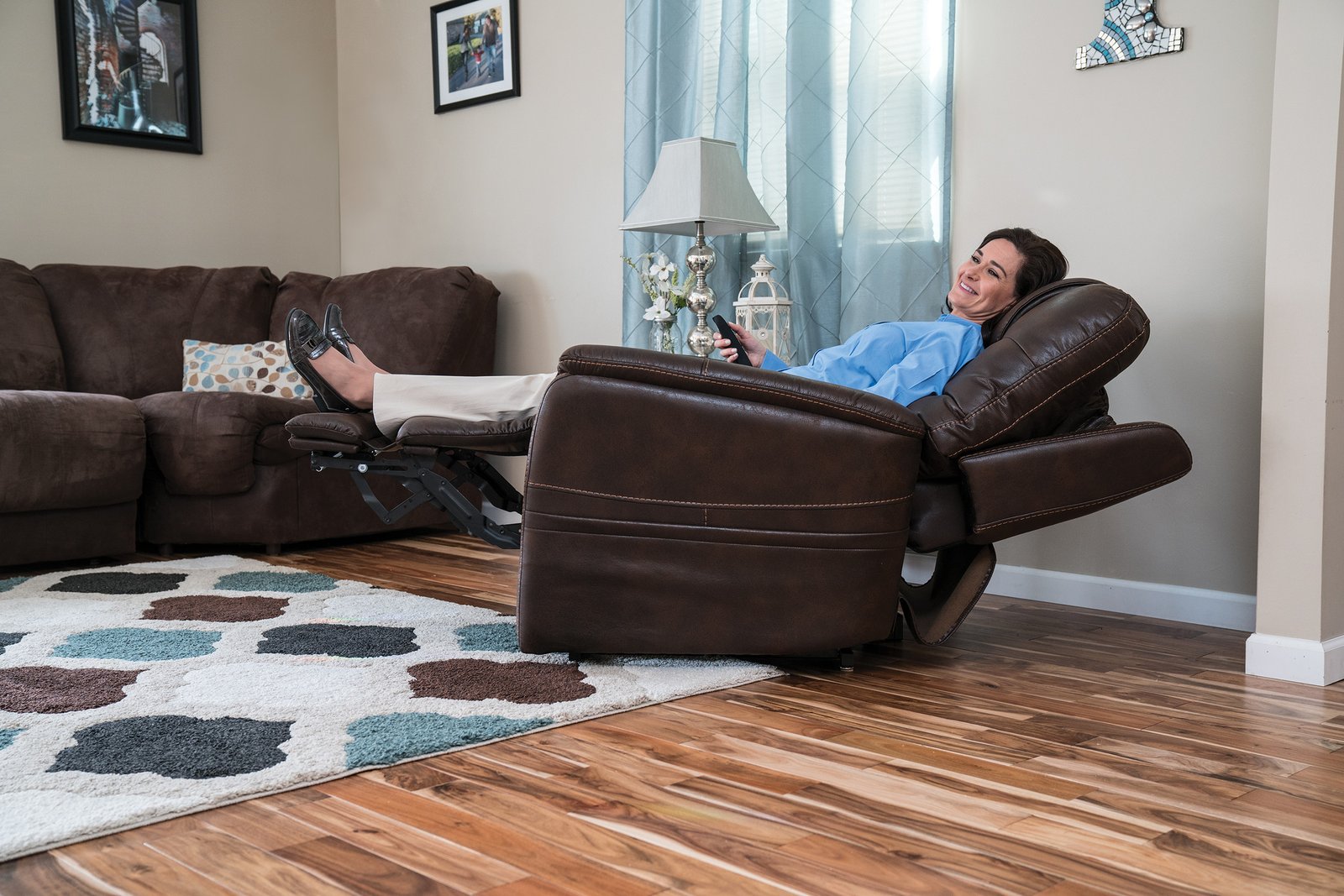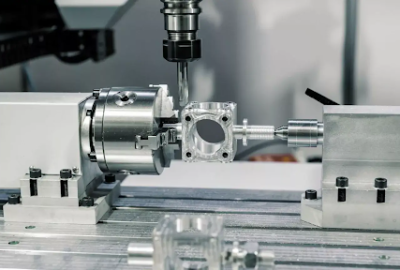Regaining Independence: A Guide to Medical Patient Lift Installation and Lift Chair Recliners
Maintaining independence and mobility is crucial for overall well-being, especially for individuals with limited physical abilities. Fortunately, advancements in medical technology offer solutions to enhance a person’s ability to safely navigate their home environment. This article explores two key options: medical patient lift installation and lift chair recliners.
Understanding Medical Patient Lifts:
Medical patient lifts are mechanical devices designed to assist individuals with transferring from one location to another. They are commonly used in hospitals, rehabilitation centers, and increasingly, in home settings. There are two main types of patient lifts:
- Ceiling Lifts: These permanently mounted systems utilize a track installed on the ceiling to maneuver a motorized lifting sling. They offer a wide range of movement, allowing transfers from bed to bathroom, chair, or other locations within the designated area.
- Portable Lifts: These freestanding lifts are ideal for more temporary needs or use in multiple rooms. They are typically powered by a battery and offer a more compact design.
Benefits of Medical Patient Lifts at Home:
- Increased Independence: Patient lifts empower individuals to safely perform daily activities like transfers, reducing reliance on caregivers. This fosters a sense of dignity and control.
- Reduced Risk of Falls: Transfers can be a significant fall risk for individuals with limited mobility. Lifts minimize the risk of falls by providing a secure and controlled method of transferring.
- Improved Caregiver Safety: Assisting with transfers can be physically demanding for caregivers. Lifts alleviate the strain on caregivers and prevent work-related injuries.
- Peace of Mind: Patient lifts provide peace of mind for both the user and their loved ones by ensuring safe and supported transfers.
Factors to Consider Before Installing a Medical Patient Lift:
- Needs Assessment: Consulting a healthcare professional is crucial to determine the most suitable lift system based on the individual’s specific needs and limitations.
- Home Layout: The lift system needs to be compatible with the home’s layout, including ceiling height, doorway widths, and potential obstacles.
- Training: Proper training for the user and caregivers on the safe operation and maintenance of the lift system is essential.
Lift Chair Recliners: A Comforting Option for Enhanced Mobility
Lift chair recliners are a type of recliner equipped with a motorized mechanism that assists users in transitioning from a seated position to a standing position. Unlike traditional recliners, lift chairs offer greater support and ease of movement, making them ideal for individuals with limited mobility or difficulty rising from a seated position.
Benefits of Lift Chair Recliners:
- Improved Mobility: The lift function helps individuals regain some independence in getting up and down, reducing reliance on assistance.
- Enhanced Comfort: Lift chairs offer comfortable reclining positions for relaxation and pressure relief.
- Increased Safety: The motorized lift minimizes the risk of falls associated with struggling to get out of a chair.
- Additional Features: Many lift chairs come with additional features like heat and massage capabilities for further comfort and pain relief.
Choosing the Right Lift Chair Recliner:
- Weight Capacity: Ensure the weight capacity of the lift chair is suitable for the user.
- Seat Height and Depth: Choose a chair with appropriate seat height and depth for optimal comfort and ease of transferring.
- Armrest Style: Consider armrest styles that provide support for standing up.
- Additional Features: Evaluate if features like heat, massage, or swiveling seats are beneficial for the user’s needs.
Conclusion
Medical patient lifts and lift chair recliners offer valuable solutions for individuals with limited mobility. By providing safe and assisted transfers or making it easier to rise from a seated position, these devices can significantly improve independence, safety, and overall well-being. Consulting with healthcare professionals and considering individual needs are crucial steps in choosing the most suitable option for regaining mobility and fostering a more comfortable and independent life at home.








